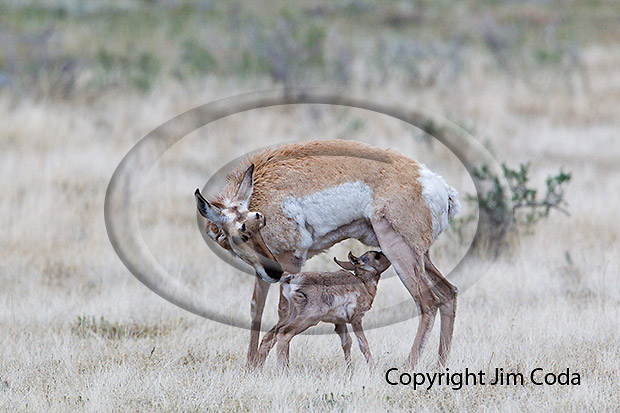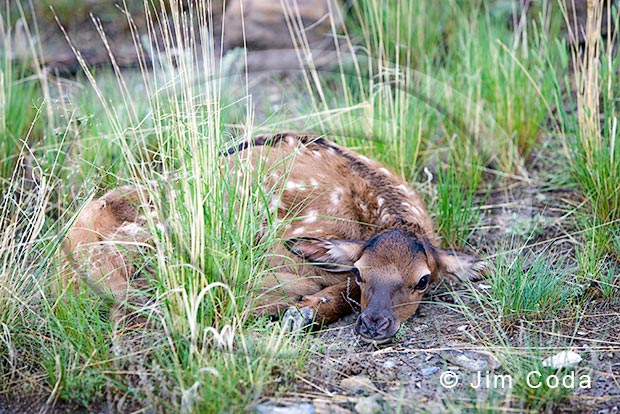Elk Calf; Point Reyes National Seashore

I was out at Point Reyes yesterday and it was the first time this year I saw elk calves in the elk reserve/enclosure at Tomales Point. I saw elk calves at Drakes Beach about a month ago. The elk in the reserve seem to be about a month behind the Drakes Beach herd in mating and giving birth.
It seemed like there were more cows with calves than I’ve seen in years. If true, it could be because of the heavy winter rains. I’ll be interested in seeing if the elk count shows more calves this year.
I saw this little guy wade into the pond. I watched him for about an hour and I finally left. His mom came to the pond a few times. She called and seemed to want him to follow her, but he ignored her. He roamed all over the pond; drinking water occasionally.
If you look closely you can see a lump on the bridge of his nose. A cyst? I don’t know. Hopefully, it’s nothing serious.






